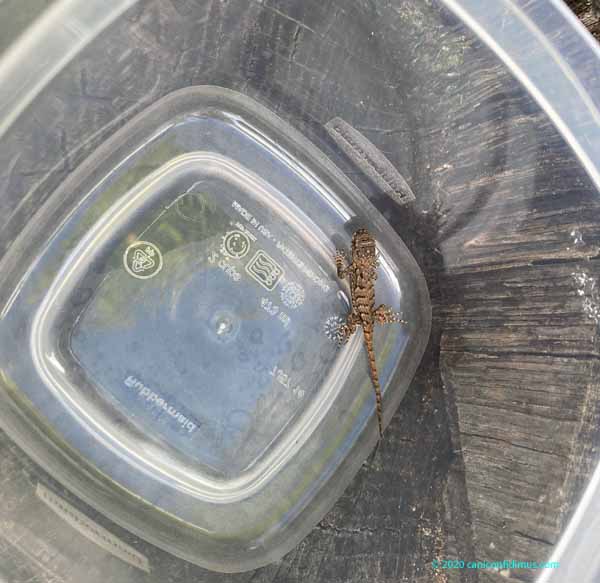Spring weather may be variable in Georgia, but one thing is going to be pretty consistent — pollen.
I walked around in the front yard on Tuesday. Later in the evening, when I was sitting with my feet on a pillow on our coffee table, I noticed some yellow smudges on the pillow. It was pollen off my socks. This is what my shoes looked like. I brushed the pollen off my left shoe for comparison.

The pollen count here was 3336 particles per cubic meter, high, but nowhere near as high as the record. Atlanta’s highest recorded pollen count was 9369 particles on March 12, 2021.
They say that tree pollen is the highest contributor now. That’s mainly pine and oak. Around here, it’s mainly pine that produces the billowing clouds of fine, yellow particles that coat everything. I have to rinse my truck windshield with a hose every time I go anywhere. We park our car in the garage, so it stays relatively clean, but an hour outside leaves a fine layer of yellow particles over the entire car.
It’s really quite annoying. A locally well-known gardening expert recommends avoiding painting outside from mid-March to early April. It’s early April right now, and I wouldn’t paint anything outside that I didn’t want yellow.
Most of the pine pollen should be gone by May. I hope.


